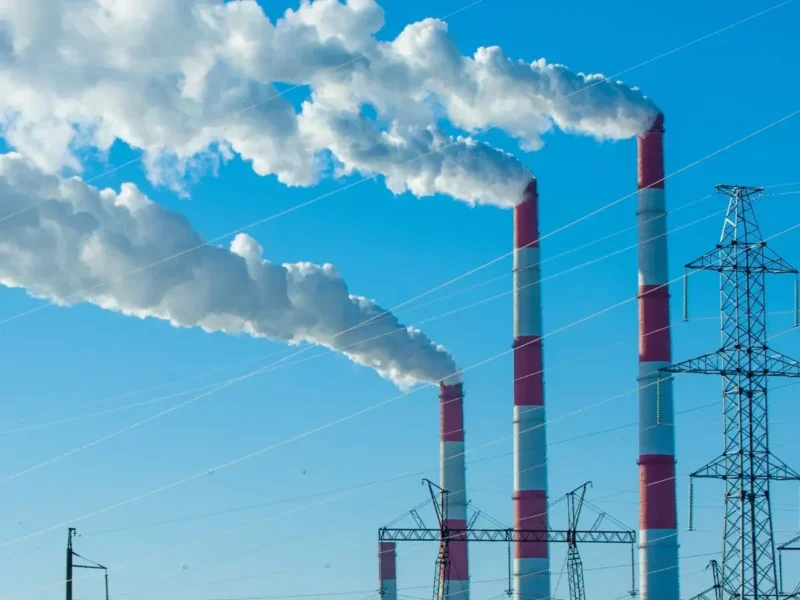Learn about Combined Heat and Power (CHP) plant emission regulations, including biogas combustion, pollutant control, and testing requirements for compliance with Environmental Permitting Regulations
Many Anaerobic Digestion (AD) facilities incorporate Combined Heat and Power (CHP) Plants to make efficient use of the biogas created by the process.
As has previously been discussed in our What Is Anaerobic Digestion and Biogas and Anaerobic Digestion Process: From Waste To Energy articles, AD of organic material produces two outputs, namely digestate and biogas. Digestate is the pasteurised solid/semi-solid material that has use as an organic fertilizer. Biogas is created by micro-organisms that feed on organic waste in the anaerobic digestion process.
Biogas can be thought of therefore as a renewable source of fuel suitable for combustion and the generation of heat and/or power.
Advantages of Combined Heat and Power Plants
Anaerobic Digestion undertaken on a large enough scale can generate enough biogas to warrant plant operators to install on-site combustion plant to harness the free energy from biogas. Typically, Combined Heat and Power Plants installed on AD facilities comprise of spark ignition engines that convert stored energy in the biogas into heat and electricity through combustion and alternation. Typically the heat and electricity generated is used on-site to minimise losses and reduce the sites consumption of non-renewable fuel to achieve the same purpose or to be sold back to the grid.
Pollutants From CHP Plants
Whilst the advantages of exploiting the biogas are vast, the combustion of any fuel is never 100% efficient. The combustion process, even when strictly controlled generates pollution that is released to atmosphere via exhaust gas. Typical pollutants of concern are Carbon Monoxide (CO), Oxides of Nitrogen (NOx), Sulphur Dioxide (SO2) & Volatile Organic Compounds (VOCs).
Combined Heat and Power Emission Regulations
In 2010 and as part of the Environmental Permitting Regulations (EPR, 2010), the Environment Agency published Standard Rule 15 (SR2010No15) to facilitate process operators with AD and biogas combustion operations.
The rule considers combustion plants in the range 0.4 – 3MW Thermal Input. Specifically relating to biogas combustion, the rule imposes Emission Limit Values (ELV’s) on pollutants that apply to qualifying combustion plants and are used to determine compliance in the operators EPR Permit. As well as Emission Limit Values the rule details the process operators’ requirement to have the combustion plant emissions tested annually and in strict accordance with MCERTS.
Experts In Combustion Plant Emissions Monitoring and Combined Heat and Power Emission Testing
Monitoring the emissions of exhaust gas from biogas combustion plants is a mandatory requirement for process operators.
Envirocare offers a fully UKAS & MCERTS accredited Emissions Monitoring service for anaerobic digestion facilities, biogas combustion plants and Combined heat and power plants.
Call us on 01274 738668 or fill out our Envirocare Enquiry Form for any queries regarding our wide range of stack testing and CHP emission monitoring services or consultancy advice for AD Plant operators.







